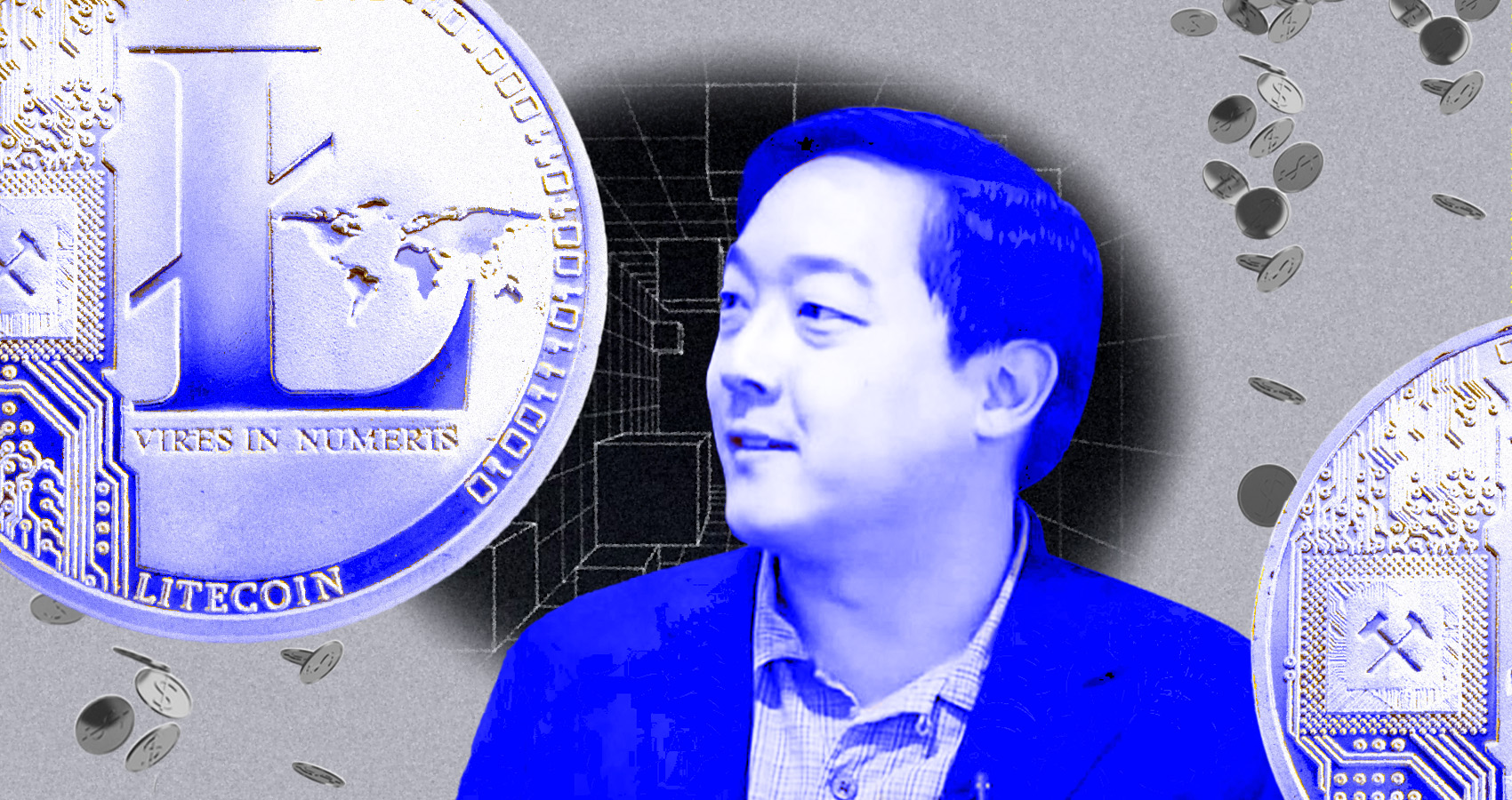
Litecoin as a Payment Method: Adoption and Merchant Perspectives
CosteEffective cryptocurrency payment solution.
Litecoin, emerging in 2011 as a Bitcoin fork, sought to overcome predecessors' limitations. Developed by Charlie Lee, a former Google engineer, it gained recognition for fast transactions and lower fees, evolving into a significant payment method. Its adoption aligns with growing cryptocurrency acceptance. This article delves into Litecoin's role in payments, exploring technical attributes, merchant adoption, consumer perspectives, and the regulatory environment. A nuanced understanding provides valuable insights into Litecoin's potential as a mainstream payment method. Amid digital asset evolution, exploring diverse avenues just Visit thecryptogenius.software for online trading becomes crucial.
Understanding Litecoin as a Cryptocurrency

Litecoin's origins and technology
Litecoin operates on a decentralized blockchain, utilizing a proof-of-work consensus mechanism similar to Bitcoin. Its origins lie in the desire to improve transaction processing times, achieved through the use of the Scrypt hashing algorithm. This distinctive technology sets Litecoin apart from other cryptocurrencies, influencing its efficiency and scalability.
Key features distinguishing Litecoin from other cryptocurrencies
Litecoin's distinguishing features include a faster block generation time (2.5 minutes compared to Bitcoin's 10 minutes) and a different hashing algorithm, resulting in enhanced transaction speed. Additionally, Litecoin has a higher maximum supply than Bitcoin, with 84 million LTC compared to Bitcoin's 21 million, impacting its long-term value proposition.
Litecoin's role in the broader crypto landscape
Within the broader cryptocurrency landscape, Litecoin has carved out a unique space. It is often viewed as a complement to Bitcoin rather than a direct competitor, offering a more agile and cost-effective option for transactions. This distinction positions Litecoin as a valuable asset in the evolving crypto ecosystem.
The Rise of Cryptocurrency in Payments
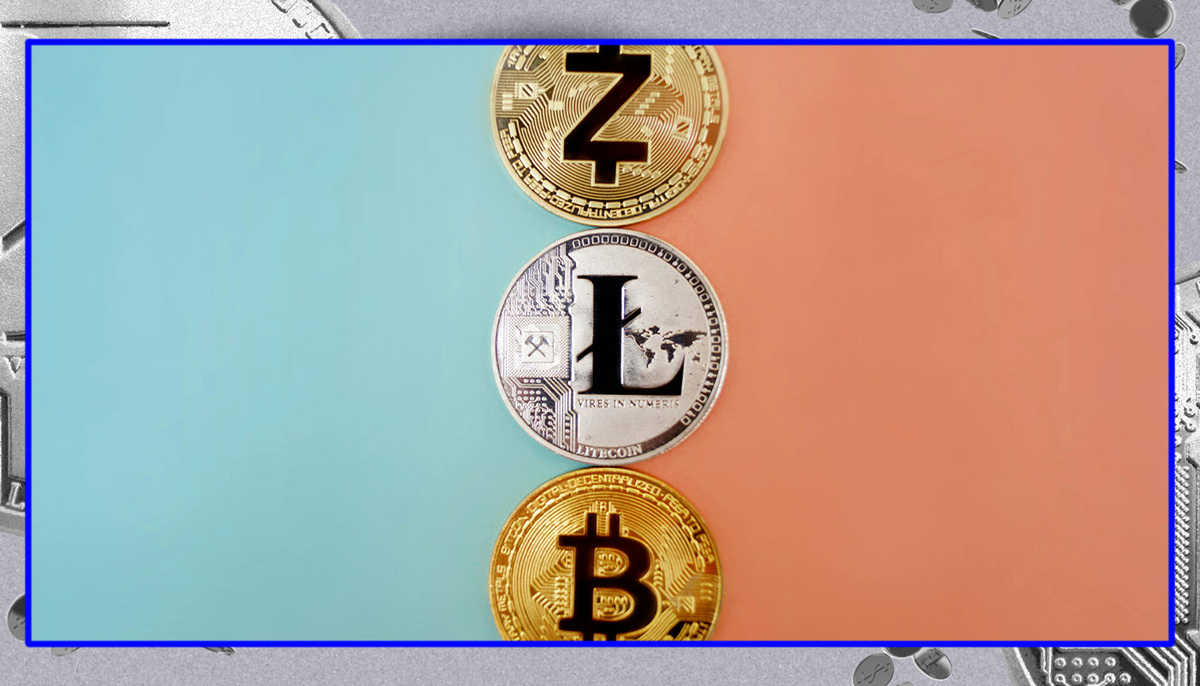
Historical context of cryptocurrency in transactions
Cryptocurrencies, including Litecoin, have evolved against a backdrop of increasing digitization. The inception of Bitcoin marked the beginning of a new era, challenging traditional financial systems. As technological advancements progressed, cryptocurrencies gained prominence as a decentralized alternative to conventional payment methods.
Evolution of digital payments and the role of cryptocurrencies
The evolution of digital payments, from credit cards to mobile wallets, laid the groundwork for the acceptance of cryptocurrencies. In recent years, the shift towards decentralized and secure financial transactions has fueled the adoption of cryptocurrencies like Litecoin. This paradigm shift reflects the growing preference for transparent and efficient transaction mechanisms.
Current trends in cryptocurrency adoption for transactions
Cryptocurrency adoption for transactions has seen a surge, driven by factors such as increased awareness, technological advancements, and a growing community of users. This trend is further bolstered by convenient spending options like the Bybit card, allowing users to seamlessly convert their crypto holdings for everyday purchases. Litecoin, with its focus on fast and cheap transactions, perfectly aligns with this shift towards a more digital and efficient financial system.
Litecoin's Unique Attributes for Payments
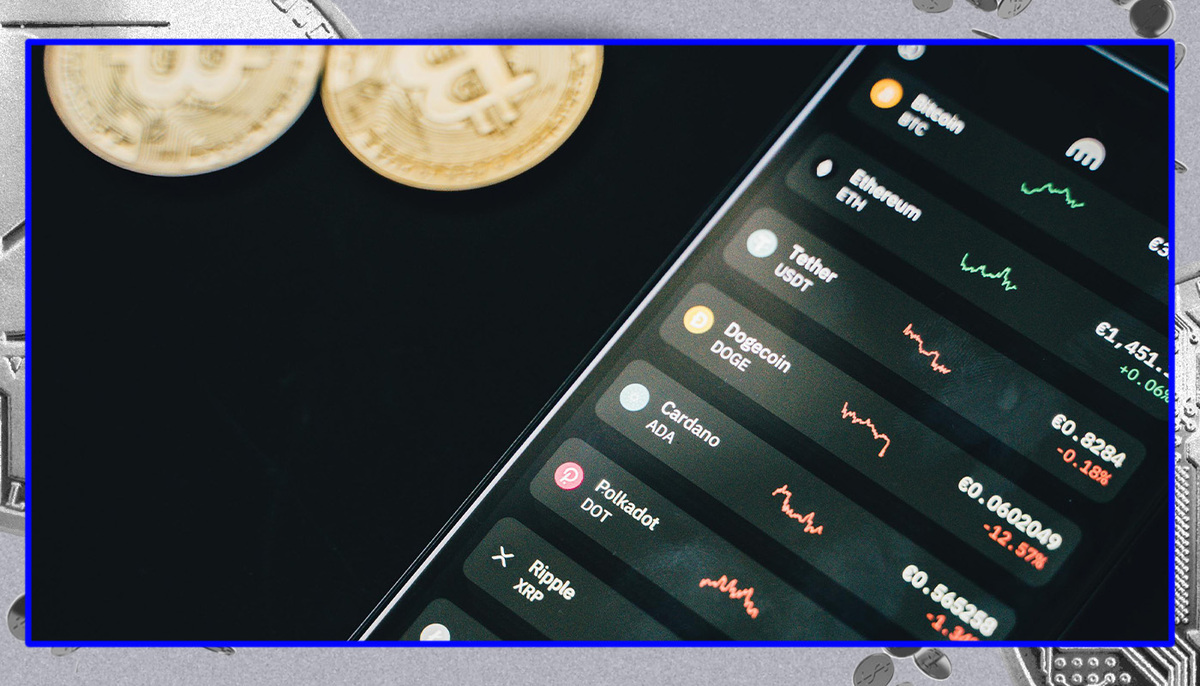
Speed and scalability of Litecoin transactions
One of Litecoin's primary attractions lies in its ability to process transactions more quickly than many other cryptocurrencies. With a shorter block generation time and a network designed for faster confirmations, Litecoin provides users with a swift and efficient payment experience.
Lower transaction fees compared to traditional payment methods
Litecoin's transaction fees are notably lower compared to traditional payment methods, making it an appealing option for both merchants and consumers. This cost advantage is a result of its efficient blockchain design, contributing to a more economically viable means of conducting transactions.
Security features enhancing trust in Litecoin payments
Security remains a paramount concern in the realm of financial transactions. Litecoin, like its predecessors, relies on robust cryptographic principles to ensure the integrity and security of transactions. Its commitment to security features enhances the overall trustworthiness of Litecoin as a payment method.
Merchant Adoption of Litecoin
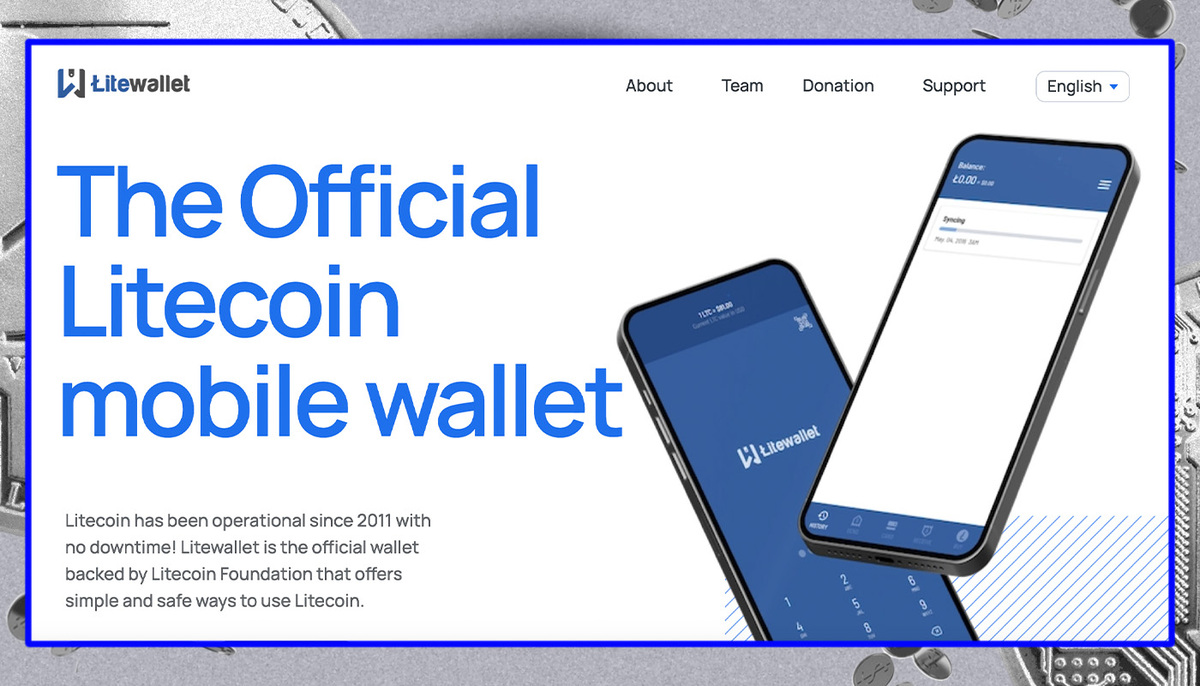
Overview of merchants accepting Litecoin
An increasing number of merchants across various industries have begun to accept Litecoin as a legitimate form of payment. This broadening acceptance aligns with the growing recognition of cryptocurrencies as a viable means of conducting transactions. Merchants ranging from small businesses to multinational corporations are incorporating Litecoin into their payment options.
Advantages for merchants in integrating Litecoin payments
Merchants benefit from Litecoin integration with faster transactions, lower fees, and a global customer base. Embracing Litecoin meets tech-savvy consumers' preferences.
Challenges and solutions for widespread merchant adoption
Widespread merchant adoption of Litecoin faces challenges like regulatory uncertainty and volatility. Overcoming these demands collaborative efforts, education, and proactive regulatory engagement.
Consumer Perspectives on Litecoin Payments
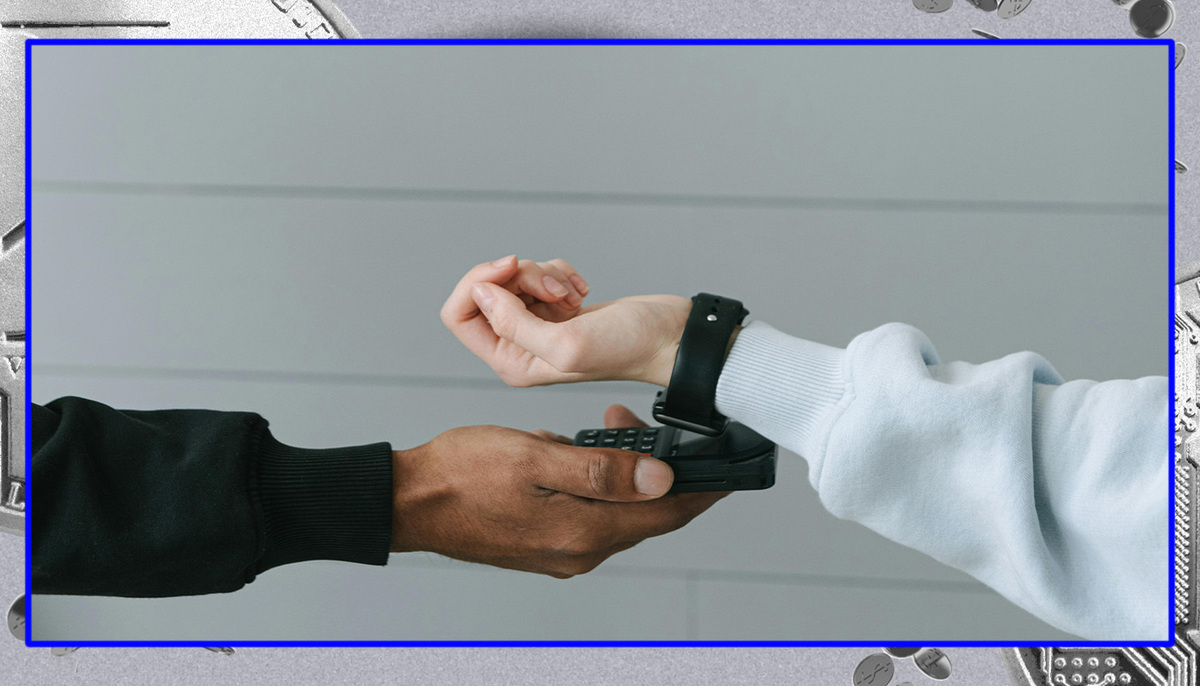
User experience with Litecoin transactions
Litecoin users enjoy swift confirmations and lower fees, with user-friendly wallets and decentralized transactions enhancing their positive overall experience.
Consumer incentives for using Litecoin in transactions
Consumer incentives for Litecoin include financial gains, privacy features, and supporting decentralization. As awareness and merchant acceptance increase, motivations for adoption expand.
Challenges faced by consumers in adopting Litecoin payments
Litecoin's advantages face hurdles in adoption, including consumer concerns about price volatility, regulatory uncertainties, and a lack of understanding. Overcoming demands targeted education and user experience improvements.
Regulatory Landscape and Future Outlook

Current regulatory stance on cryptocurrency payments
Cryptocurrency payment regulations vary globally. Governments balance innovation and consumer protection, impacting Litecoin's future. Understanding current stances is crucial for prediction.
Potential regulatory developments impacting Litecoin adoption
Cryptocurrency regulation changes can impact Litecoin's acceptance. Stakeholders must anticipate and adapt to foster a stable environment for adoption.
Predictions and potential challenges for the future of Litecoin in payments
Forecasting Litecoin's payment future considers tech, markets, and regulations. Optimism foresees growth, yet scalability, regulations, and emerging crypto competition pose shaping challenges.
Conclusion
In conclusion, Litecoin's evolution into a recognized payment method marks a significant shift in financial transactions. Its unique features—speed, efficiency, and cost-effectiveness—position it as a crucial element in the dynamic payment landscape. Despite challenges like regulatory uncertainties and the need for increased education, overcoming these is vital for Litecoin's sustained growth. The future trajectory depends on adept navigation, collaboration, and adaptability in a maturing cryptocurrency ecosystem, solidifying Litecoin's integral role in secure, efficient, and accessible transactions.











